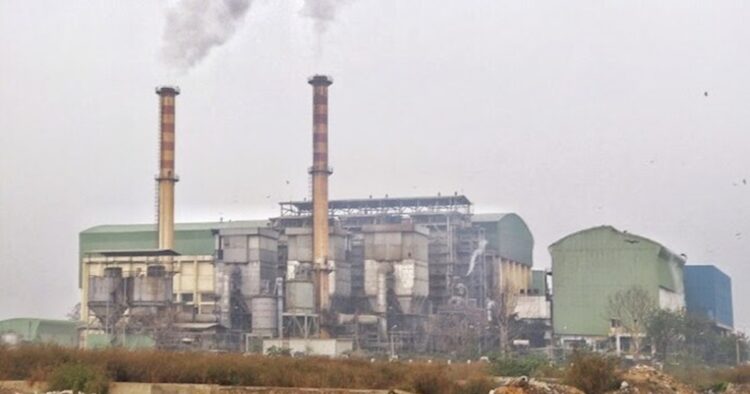The new investigative report by The New York Times claims that a waste-to-energy plant in Delhi’s Okhla is exposing over a million residents to very highly toxic emissions consisting of cadmium, lead, and arsenic. According to the media reports, hazardous ash from the Timarpur-Okhla Waste Management plant is being dumped illegally in residential areas near southeast Delhi’s Badarpur border, close to schools and children’s parks, posing an environmental and public health catastrophe.
Established in 2012 as an eco-friendly solution to Delhi’s towering landfills, the plant was made to convert up to 2,000 tons of trash daily into approximately 23 megawatts of electricity, addressing both waste management and energy shortages. The Okhla plant, run by Jindal Group’s JITF Infralogistics in a public-private partnership with the Municipal Corporation of Delhi, has been touted as a green model. However, the NYT report suggests the facility has failed to uphold pollution controls, allegedly prioritising cost-cutting over community safety.
During the probe, which spanned five years, NYT collected 150 air and soil samples from around the plant between 2019 and 2023. The samples, analysed with the help of scientists at Johns Hopkins University and experts at IIT-Delhi, were found to contain high levels of heavy metals and pollutants.
Cadmium levels were recorded at 19 times the permissible limit, manganese at 11 times, arsenic at 10 times, lead at four times, and cobalt at three times. Prolonged exposure to these metals can lead to severe health issues, ranging from respiratory diseases to cancer, neurological disorders, and foetal complications. The NYT’s findings align with internal government reports that have flagged high dioxin emissions from the plant—up to 10 times the legal limit—according to government reports. Dioxins are known for their extreme toxicity and were a key component of Agent Orange, a defoliant used by the US military in Vietnam.

















Comments